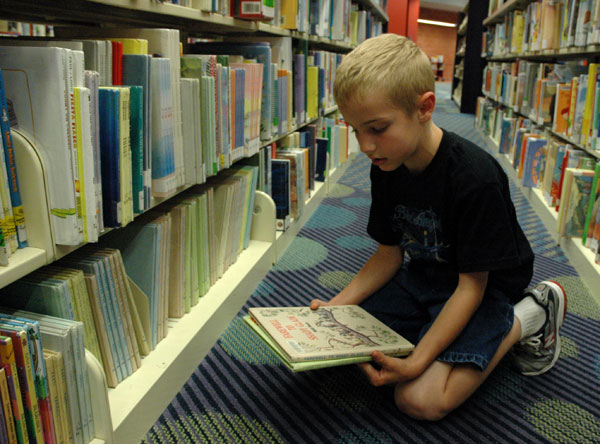Reading Is Elemental

by Helen Vendler
September-October 2011
Excerpt:
I’d propose a different concatenation for the humanities: without reading, there can be no learning; without learning, there can be no sense of a larger world; without the sense of a larger world, there can be no ardor to find it; without ardor, where is joy?
Without reading, there can be no learning. The humanities are essentially a reading practice. It is no accident that we say we “read” music, or that we “read” visual import. The arts (music, art, literature, theater), because they offer themselves to be “read,” generate many of the humanities—musicology, art history, literary commentary, dramatic interpretation. Through language, spoken or written, we investigate, describe, and interpret the world. The arts are, in their own realm, silent with respect to language; amply showing forth their being, they are nonetheless not self-descriptive or self-interpreting. There can be no future for the humanities—and I include philosophy and history—if there are no human beings acquainted with reading in its emotionally deepest and intellectually most extensive forms. And learning depends on reading as a practice of immersion in thought and feeling. We know that our elementary-school students cannot read with ease and enjoyment, and the same defect unsurprisingly manifests itself at every level, even in college. Without a base in alert, intense, pleasurable reading, intellectual yearning flags...
...Here are 14 daily such periods of “reading,” each divisible into two 10-minute periods, or extended to a half-hour, as seems most practical to teachers in different grades. Many such periods can be spent outside, to break up the tedium of long sitting for young children. The pupils would:
1. engage in choral singing of traditional melodic song (folk songs, country songs, rounds);
2. be read to from poems and stories beyond their own current ability to read;
3. mount short plays—learning roles, rehearsing, and eventually performing;
4. march or dance to counting rhymes, poems, or music, “reading” rhythms and sentences with their bodies;
5. read aloud, chorally, to the teacher;
6. read aloud singly to the teacher, and recite memorized poems either chorally or singly;
7. notice, and describe aloud, the reproduced images of powerful works of art, with the accompanying story told by the teacher (Orpheus, the three kings at Bethlehem, etc.);
8. read silently, and retell in their own words, for discussion, the story they have read;
9. expand their vocabulary to specialized registers through walks where they would learn the names of trees, plants, flowers, and fruits;
10. visit museums of art and natural history to learn to name exotic or extinct things, or visit an orchestra to discover the names and sounds of orchestral instruments;
11. learn conjoined prefixes, suffixes, and roots as they learn new words;
12. tell stories of their own devising;
13. compose words to be sung to tunes they already know; and
14. if they are studying a foreign language, carry out these practices for it as well.
the rest image


0 Comments:
Post a Comment
<< Home